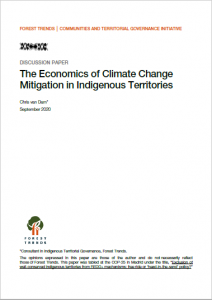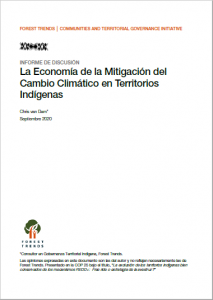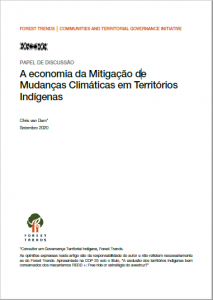The Economics of Climate Change Mitigation in Indigenous Territories
By Chris Van Dam View PublicationIndigenous populations of the Amazon own 210 million hectares of land and have proven to be highly skilled in the field of forest conservation: the deforestation rate is 0.8%, i.e., even less than that of protected areas (1.1%) and obviously significantly lower than that of the Amazon as a whole.
However, under the rules of the game as set forth by governments under the United Nations Framework Convention on Climate Change , specifically when Reducing Emissions from Deforestation and Forest Degradation (REDD+) was being shaped, the governments of the Amazon region have limited their focus only to those players in a position to reduce deforestation and then mitigate emissions. They have not taken into account those who have historically protected and taken care of their forests. These territories have nothing to offer in terms of reduction or mitigation. Hence, many of these territories and communities have de facto been excluded.
This issue is at the center of the present paper, which aims to show how the REDD+ mechanism is inequitable (and to a certain extent even perverse, as it “punishes” those who did their homework well and rewards those who didn’t) and that in the long run will entail a high social, economic and cultural cost, while not achieving its central goal, which is to mitigate climate change.



